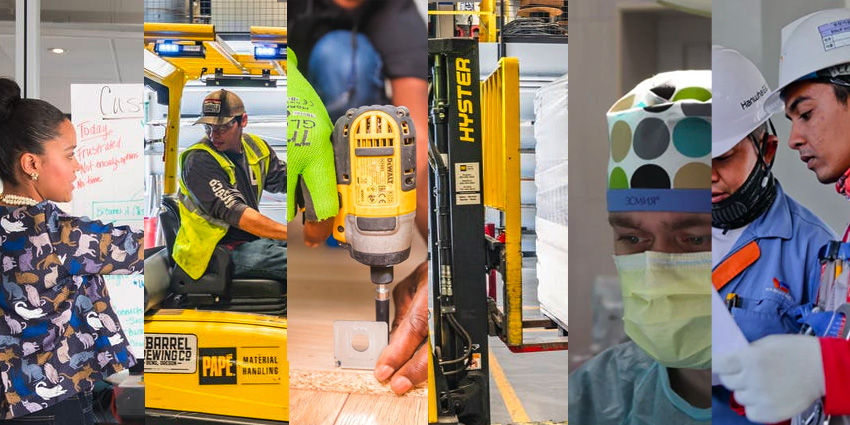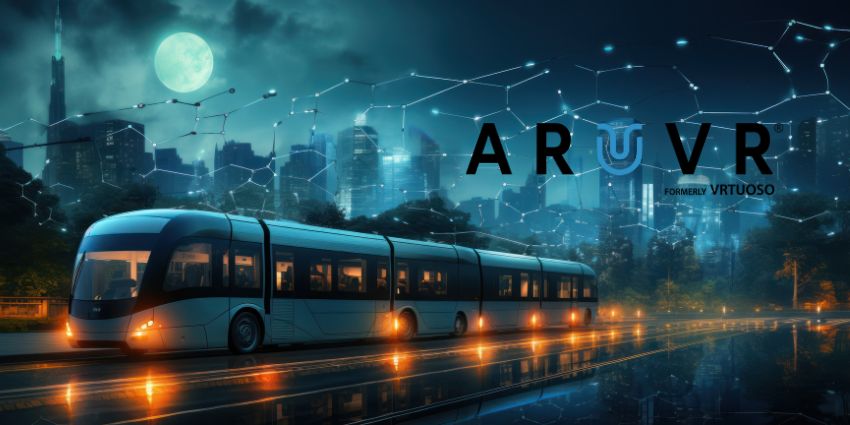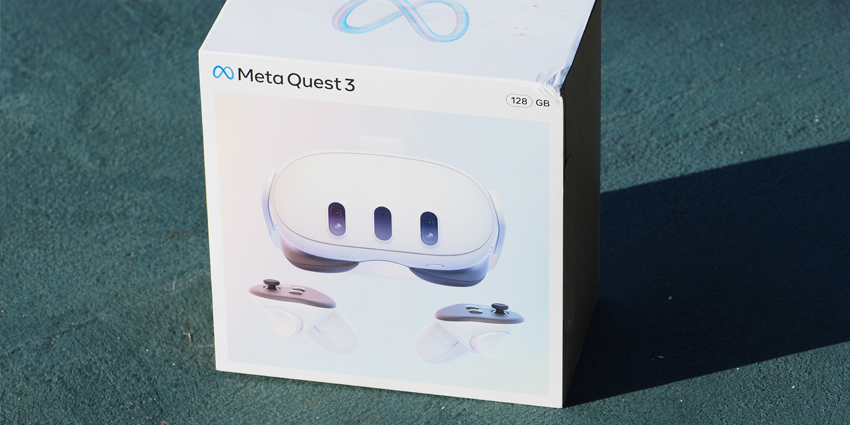When the world began exploring new realities for the first time, the impact of AR and VR centered largely around entertainment and gaming. Companies saw extended reality experiences as an opportunity to transport gamers into new worlds and influence their senses.
However, in recent years, the arrival of new technology and more affordable hardware has opened the door to new opportunities for AR and VR. Enterprise companies are beginning to implement alternate realities into their processes for everything from training to customer experience.
Already, between 2019 and 2020, the market for AR and VR grew by 78%. As this revolution continues, some industries will benefit more from extended reality than others. Here are our top 6 choices for the sectors set to benefit most from AR and VR.
1. Education and Training
Education is one of the most significant areas to benefit from the arrival of AR and VR technology. In 2020, when the Covid-19 pandemic hit, educators began searching for new ways to interact with and educate their students. Video conferencing and online collaboration tools gained popularity. However, with virtual reality, students could enjoy a more comprehensive hands-on learning experience.
Educational tech firm, Nearpod already uses Google Cardboard to deliver virtual field trips for students who need to visit different parts of the world. EON Reality also allows teachers to create their own VR content for education from scratch.
It’s not just students that can benefit from VR for developing new skills either. In the professional landscape, employers can use augmented and virtual realities to improve employee onboarding and training opportunities. An AR headset can walk an employee through the process of examining a piece of equipment, teaching them about each element as they go. Virtual reality environments can teach employees how to deal with a stressful customer experience, or complete certain tasks.
2. Healthcare
The healthcare environment is another landscape that can transform drastically with the help of AR and VR. Through the right applications, surgeons and skilled specialists can practice complex procedures without risking expensive resources or patient comfort. Students that need to learn about how procedures work can also watch a surgeon performing through a virtual reality headset – which gives a lot more detail than you’d get standing over someone’s shoulder.
Virtual and augmented reality in healthcare also has an impact on the kind of patient support that doctors can offer. In an age of telemedicine, where patients need to interact with experts from a distance, VR and AR goes beyond video conferencing. Doctors can see wounds and diagnose issues from a distance. Nurses can teach patients how to perform self-care activities using augmented reality overlays and graphics.
3. Construction and Real Estate
Developing and selling real estate is often an expensive process. However AR and VR could make this industry more efficient and productive. Architects are already excited about the potential of AR for digital modeling purposes. Creating amazing home designs is much easier when you have a 3D environment and immersive models to work with.
Companies like Augment already allow developers to create immersive building plans where they can see how various elements should appear in a home. Augmented reality headsets could also help employees to see issues as they work, like a frayed wire behind a wall or a pipe they need to avoid during an installation.
With virtual reality, you could even take a potential buyer on a walk around a property without requiring them to visit in person. A survey by Perkins Coie LLP said that Real Estate is fourth in the list of the top sectors most likely to attract the largest investment in VR and AR.
4. Manufacturing and Logistics
VR and AR have a fantastic opportunity to support specialists in the logistics, manufacturing, and similar trades. Like architects using AR and VR to build 3D models of houses, manufacturing and logistics professionals can use holographic images to improve productivity and performance. You might even be able to teach new manufacturing pros how to use specialist machines by overlaying instructions over a set of glasses as they work.
AR company Inglobe Technologies offers an excellent example of how AR might work within a construction environment. The company uses AR image overlays under the hood of a car for engine repair education. Heads-up displays in the logistics and supply chain sector could work wonders when it comes to boosting employee efficiency.
The right extended reality technology can even help with inventory management. The NHS worked with a supply chain solution in 2018 to bring AR and machine learning into the systems used for patient data and inventory information. The trust saw a 95% increase in time efficiency.
5. Automotive /Transport
VR and AR also have a lot of potential in the automotive and transportation sectors. Way back in 2014, Ford started working with the Oculus Rift team to build and prototype vehicles using virtual reality. Since then, countless companies have started to get involved.
Audi build an AR app that allows users to see cars nearly anywhere and set up personalized test tracks that demonstrate how the vehicle might function. The car buying process instantly becomes much more immersive when customers have VR and AR to experiment with.
All aspects of the travel industry could benefit from VR and AR, however. For instance, hotels can offer customers virtual tours of rooms before they visit. Airline companies might give customers the opportunity to use a VR headset that makes them feel like they’re in their destination when they’re still in the middle of travel.
6. Retail and eCommerce
Companies have been considering the benefits of AR and VR for retail for a while now. However, the demand for these solutions grew even more significant in 2020 with the arrival of a global pandemic. With stores unable to open, companies needed to look for new ways to offer fantastic customer experiences.
Fortunately, with AR and VR, retailers can give customers everything they need to enjoy their shopping trips. Consumers can shop virtually with fitting rooms that allow them to try on their clothes from home. Companies like Bold Metrics allow people to try on clothes in a virtual reality environment to see how they might look.
Companies can also use AR to help customers shopping online imagine what items might look like in their homes before making a purchase. Being able to see a piece of furniture in your living room before you buy it makes any consumer feel more confident.
AR and VR has a Lot of Potential
More than ever, business leaders are realizing that AR and VR doesn’t just belong in the entertainment and gaming space. With the right technology, companies can create safer employee environments, better customer experiences, and more productive processes.
Even outside of the 6 industries discussed above, the potential for AR and VR keeps growing in virtually every sector. It’s only a matter of time before this tech becomes second nature to us.







